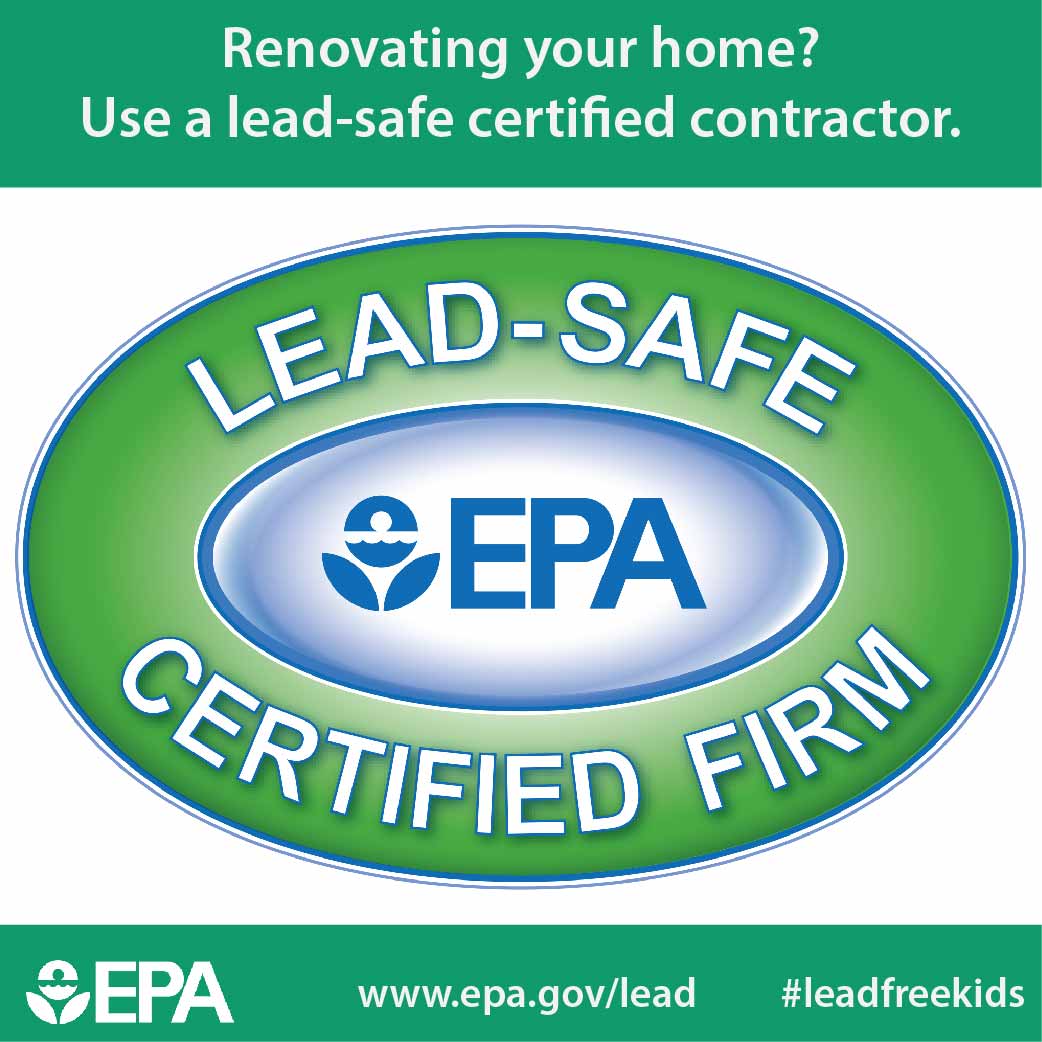Seasonal Factors To Consider For Commercial Exterior Painting: What You Required To Know
Seasonal Factors To Consider For Commercial Exterior Painting: What You Required To Know
Blog Article
Posted By-Fox Rosendal
When you're preparing a business outside paint task, seasonal factors can make or break your outcomes. You'll intend to take into consideration exactly how temperature level and moisture influence paint application and drying out times. Choosing the right period can ensure your paint sticks correctly and lasts longer. Yet which periods are truly the best for this sort of job? Allow's check out the key elements that can influence your task's success.
The Effect of Temperature Level on Paint Application
When you're preparing a commercial external painting project, the temperature can considerably affect how well the paint adheres and dries out.
Preferably, you want to paint when temperatures vary in between 50 ° F and 85 ° F. If it's too chilly, the paint might not cure effectively, causing problems like peeling or breaking.
On the flip side, if it's also hot, the paint can dry too swiftly, avoiding appropriate bond and resulting in an unequal coating.
You should likewise consider the moment of day; early morning or late afternoon supplies cooler temperatures, which can be a lot more favorable.
Always check the supplier's referrals for the specific paint you're making use of, as they often give guidance on the optimal temperature level range for optimum outcomes.
Moisture and Its Result on Drying Times
Temperature level isn't the only ecological factor that influences your business outside painting project; moisture plays a substantial function as well. High humidity degrees can decrease drying out times considerably, affecting the total quality of your paint task.
When the air is saturated with wetness, the paint takes longer to heal, which can result in concerns like inadequate attachment and a greater threat of mildew development. If you're painting on a specifically humid day, be prepared for extensive wait times in between layers.
It's critical to check local weather and plan as necessary. Ideally, aim for moisture levels between 40% and 70% for optimum drying.
Keeping these factors in mind ensures your task stays on track and provides a lasting surface.
Best Seasons for Commercial Outside Paint Projects
What's the most effective time of year for your commercial outside painting tasks?
Spring and early fall are typically your best bets. During these periods, temperatures are mild, and moisture levels are commonly lower, developing excellent problems for paint application and drying out.
Avoid visit the following website , which can cause paint to dry as well swiftly, resulting in bad attachment and finish. Similarly, winter's chilly temperature levels can impede appropriate drying and curing, taking the chance of the durability of your paint job.
Recommended Website for days with temperatures between 50 ° F and 85 ° F for ideal results. Keep in mind to inspect the local weather forecast for rain, as wet problems can ruin your project.
Preparation around these elements guarantees your paint task runs efficiently and lasts much longer.
Conclusion
In conclusion, planning your commercial exterior painting projects around seasonal considerations can make a substantial distinction in the outcome. By organizing job during the ideal temperatures and moisture degrees, you'll make sure far better bond and drying times. Bear in mind to watch on neighborhood weather prediction and pick the correct time of year-- spring and early autumn are your best choices. Taking these steps will assist you accomplish a resilient and professional finish that lasts.
